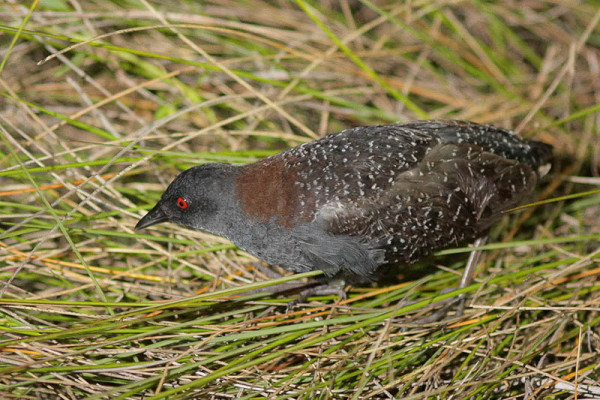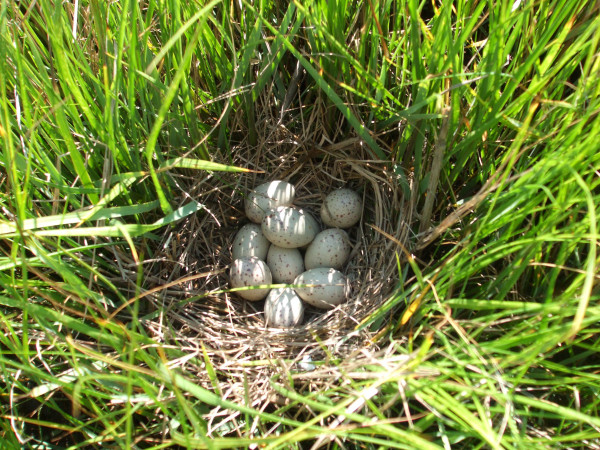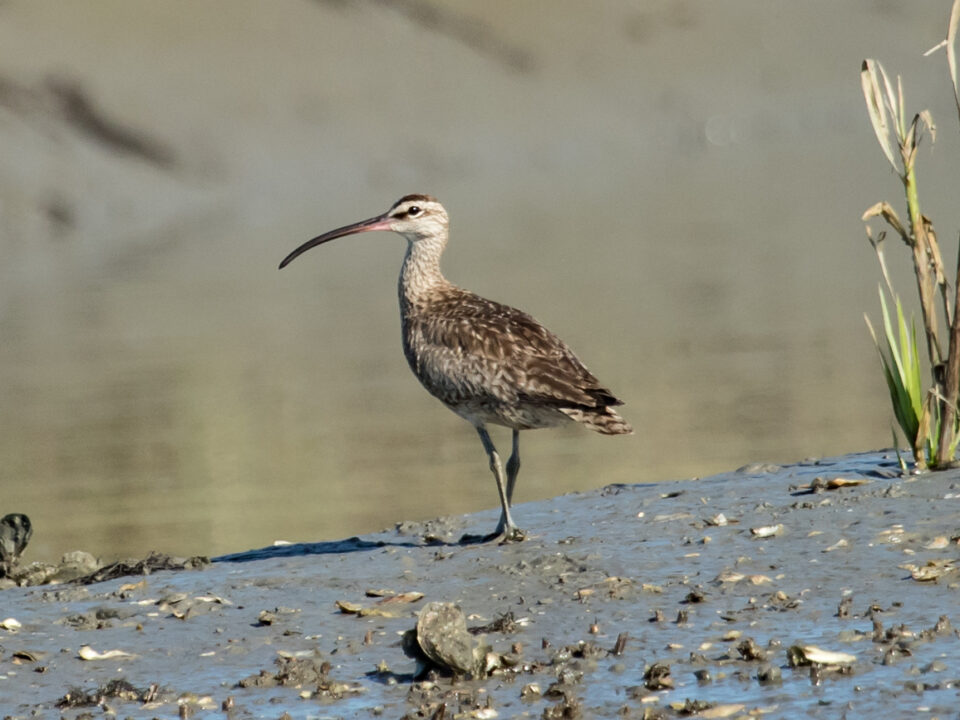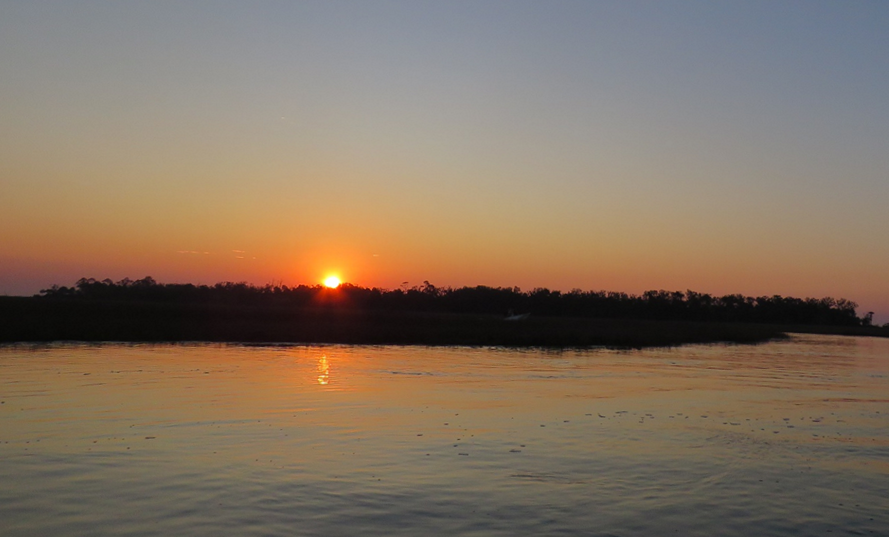One if by Land, Two if by Sea
Bald Eagle “Grace” Takes Flight
June 23, 2014Osprey return to the Elizabeth
June 27, 2014
The black rail is the most imperiled bird species along the Atlantic Coast. This species has undergone a range reduction, a loss of historical breeding sites, and a decline in numbers at their most critical strongholds. Recent surveys have shown a drastic 80% loss of breeding sites in the Chesapeake Bay over the short span of 15 years. It is very possible that black rail will become extirpated in many portions of their range in our lifetime without emergency management intervention.

The black rail is the most imperiled bird species along the Atlantic coast and could be extirpated in several portions of its range without emergency management. Photo by Greg Lavaty.
Like Paul Revere’s historic ride to warn the people of Concord of the impending British march, conservation biologists are pressed to provide the appropriate signal in the tower of the Old North Church to prevent the species collapse. The Center for Conservation Biology (CCB) has taken a lead role in bringing biologists together and is undertaking specific field studies to help plot a course to halt and reverse this species’ declines.
Unfortunately, recent investigations suggest that all three lanterns are required to warn the conservation community. Black rails appear to be threatened by two distinct lines of attack resulting from unprecedented rates of sea-level rise and high levels of nest predators that emanate from adjacent upland habitats.
This past year, CCB conducted an experimental approach to investigate the nesting potential of the high marsh habitats that black rails exclusively rely upon. The high marsh is a thin margin of habitat that forms on elevated terraces between the lower marsh and terrestrial upland. Historically, high marshes were only inundated during extreme tidal events and storms. The vegetation of this habitat forms a savanna-like groundcover of distinct marsh grasses and the ground is relatively dry when travelling across. Black rails successfully evolved nesting in these higher elevation habitats because they were at a lower risk of being flooded.

Marsh complex of low and high elevation habitats. High marsh is composed of salt-meadow hay (Spartina patens) and intermixed with shrubs (Baccharis spp.) and black needlerush (Juncus roemarianus) and used exclusively by black rails. These habitats are at high risk to be lost from sea-level rise and contain significant populations of nest predators. Photo by Bryan Watts.
Specifically, our study was designed to determine fates of artificial nests containing quail eggs in the high marsh to pose as surrogates for species like clapper rails, Virginia rails, and black rails. Sea-level rise ultimately threatens to alter or destroy high marsh habitats through conversion but more proximately acts as a silent killer to species like black rails by inundating nests at a greater frequency. High marshes undergoing higher rates of inundation may show little sign of habitat change over the short term while the habitats are essentially being denuded of reproductive potential. Throughout the course of the study, the high marshes examined were repeatedly flooded with water levels greater than nesting height. Each of these flooding events poses significant risks of nesting failure.
The pattern of nest predation also revealed how reproductive potential of high marshes are severely limited. Sixty-four percent of artificial nests were depredated within the first 7 days of exposure and nearly 92% were depredated within the first 20 days of exposure. The average number of exposure days before depredation (=7.4) of all nests was less than half the time required for species such as black rails, clapper rails, and Virginia rails to complete a full incubation period.

Clapper rail nest in high marsh of the Chesapeake Bay. Photo by Daniel Poulton.
Nest losses from flooding and predation are overwhelming threats to black rails and other ground nesters in high marsh habitats. Results from broad surveys for black rails in Maryland, Virginia, and North Carolina indicate that there are large blocks of appropriate habitat that remain unoccupied. This suggests that disruption of demographic processes may be more important to explaining population declines than habitat loss. Losses of black rails from historic strongholds that appear to have experienced little or no vegetation change in the face of sea-level rise further support the notion that population declines are tied to demographic threats such as reproductive success or adult survival. However, the future for black rail habitats also appears dire. Previous work completed by CCB has shown that greater than 95% of black rail habitats will be lost over the next 100 years at current rates of sea-level rise.

Seaside Sparrows use both high and low marsh habitats but are at risks of wetland loss from rising sea-levels and high nest predation. Photo by Bryan Watts
Management solutions for black rails must provide habitats with high nesting potential that are also protected over the long term from the negative effects of sea-level rise. The next challenge for CCB is to begin working on configuring management recommendations for impounded wetland habitats so they may be made available for black rail occupation and nesting.
Written by Mike Wilson | mdwils@wm.edu | (757) 221-1649
June 24, 2014



